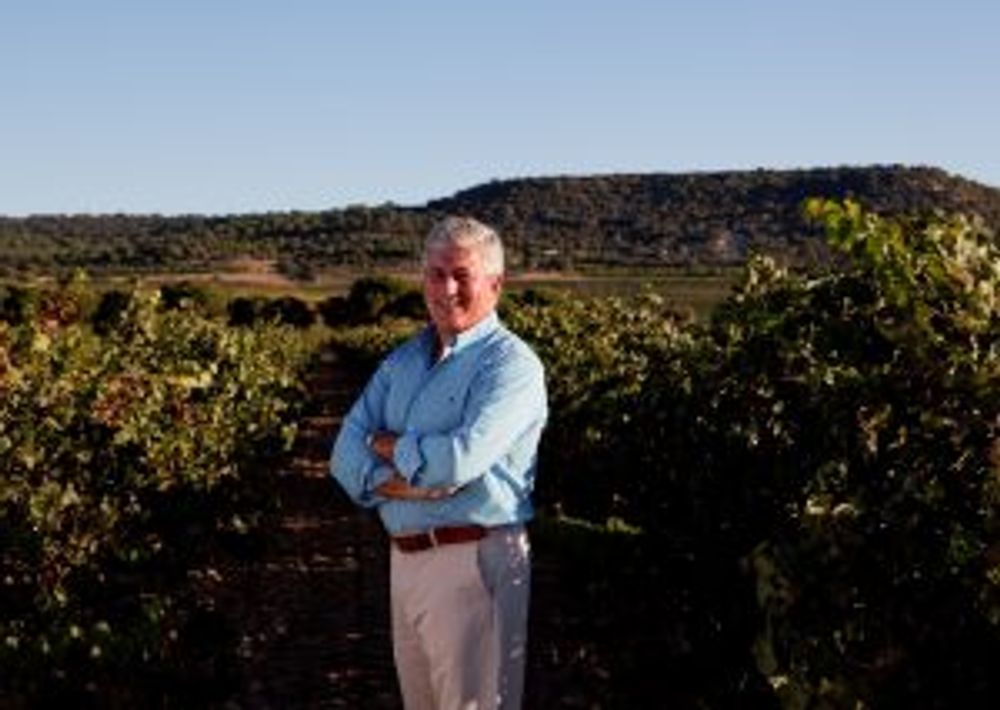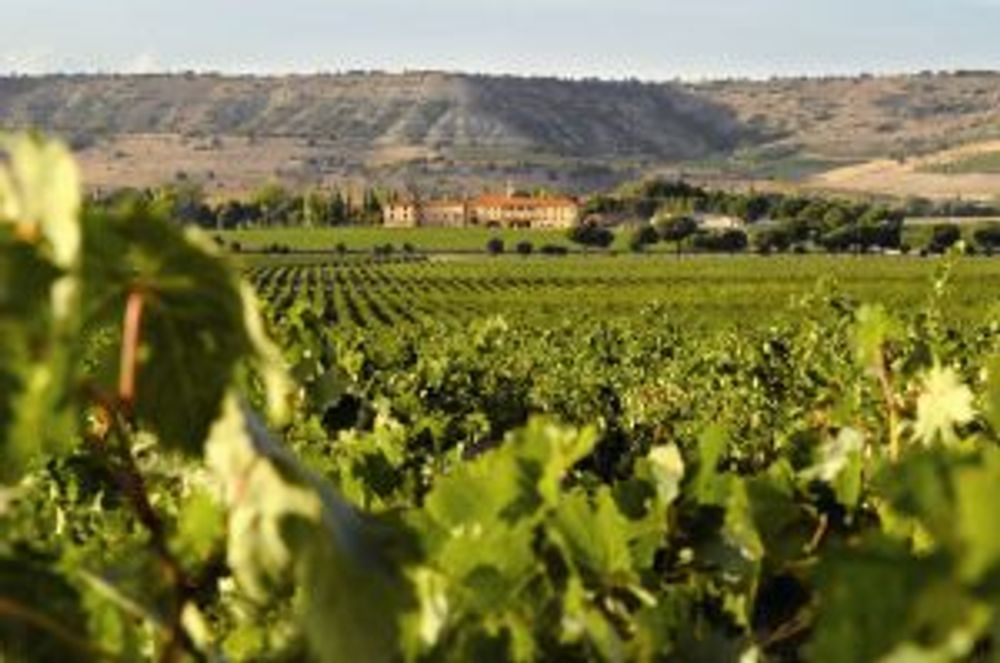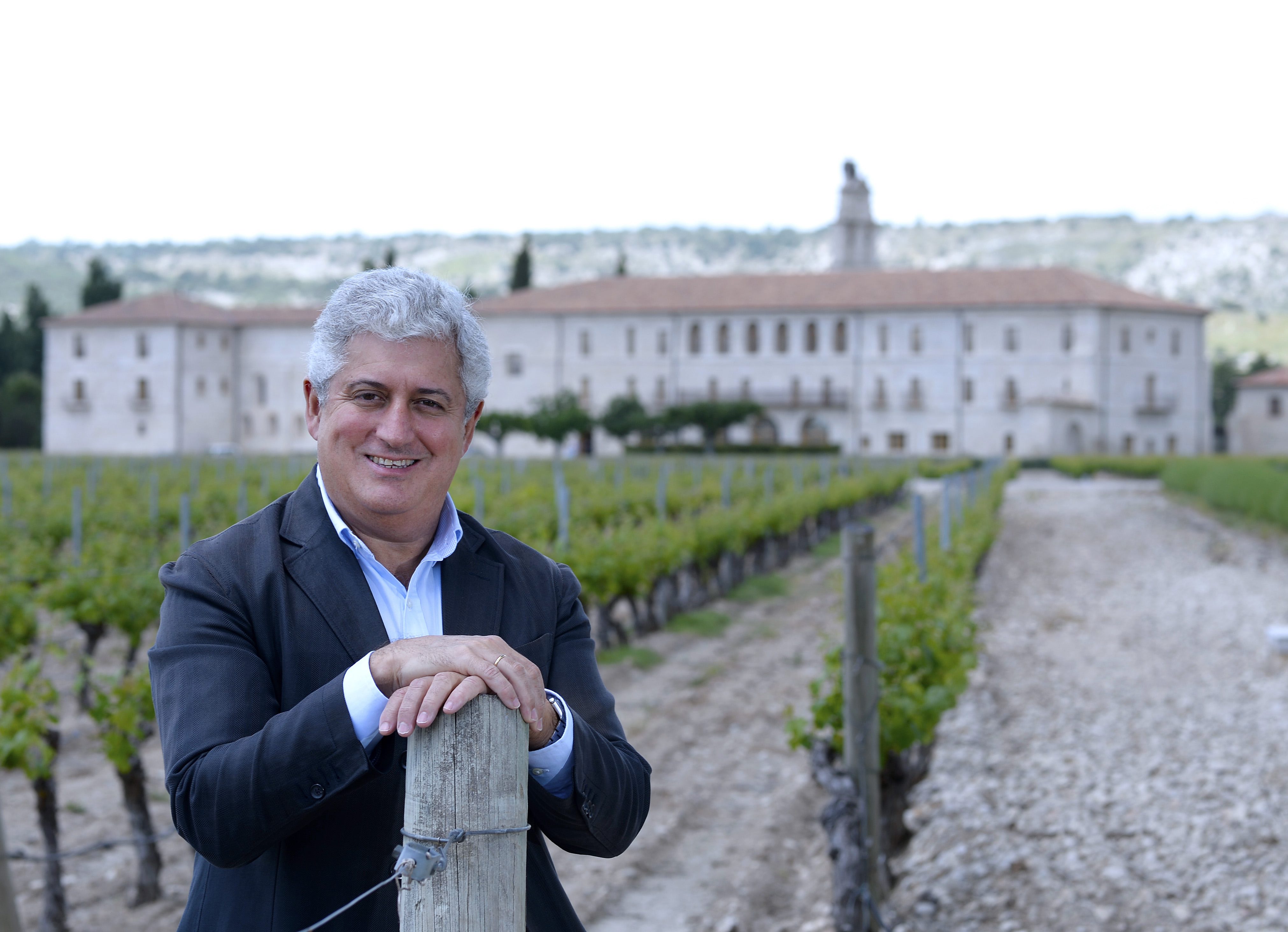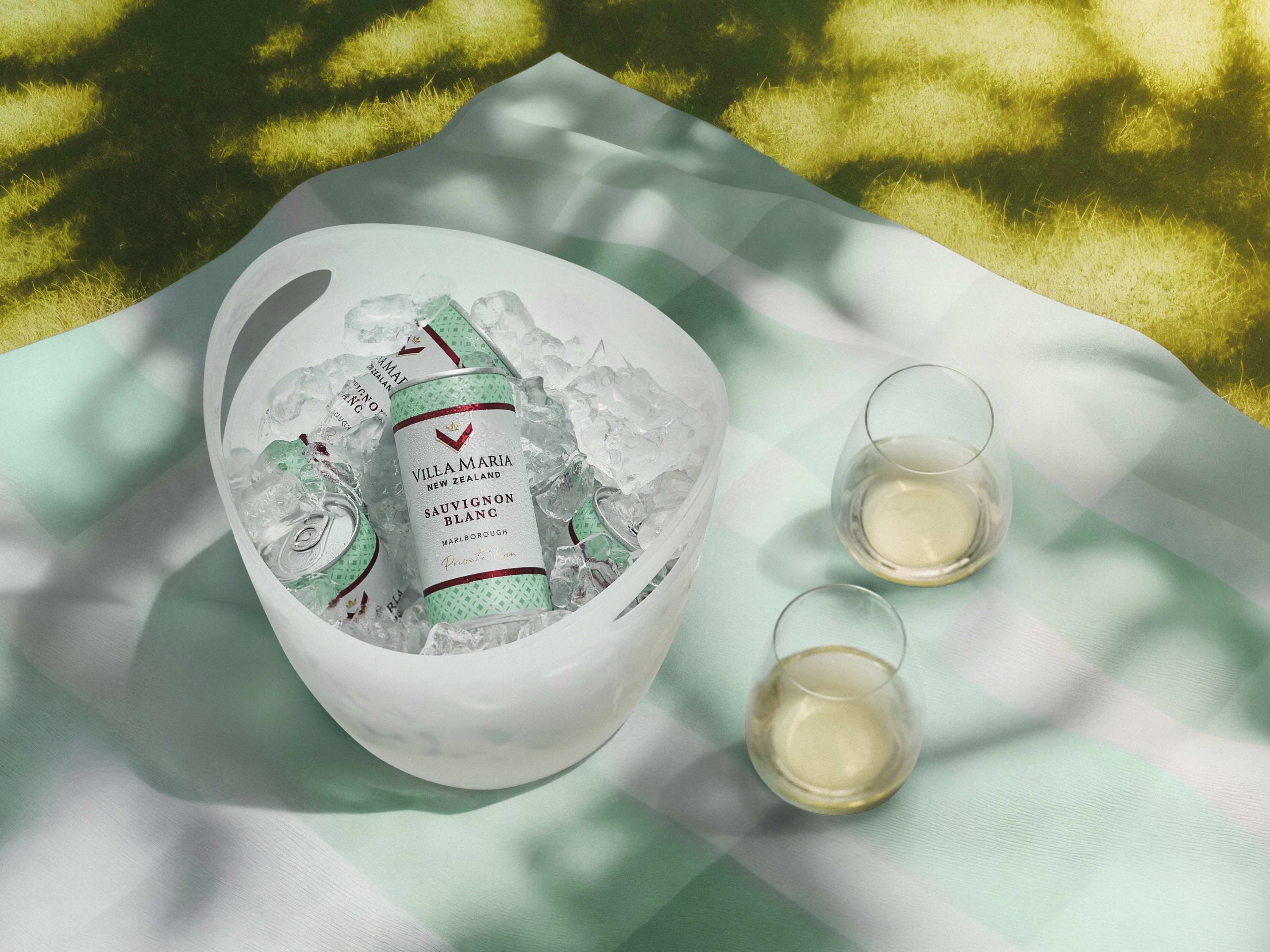How Abadia Retuerta has found success in going for the premium market
To discover the true origins of Abadia Retuerta, you need to go back as far as the 12th century when the stones of the monastery were first laid – the historical monument that houses the winery, luxury hotel and Michelin-starred restaurant.
But it was a business decision as recently as eight years ago that has laid the blueprint for Abadia Retuerta to be built into a premium wine brand and has also been instrumental in spearheading its international growth.
The estate, that is situated just outside the border of the Ribera del Duero region in Spain’s north central province of Castilla y León, decided to cut back on its range of wines and concentrate all its efforts on the premium and super-premium market.

Enrique Valero – a brave decision is now reaping dividends
“Our wine portfolio was wider seven years ago in the UK – starting at £5 then £9 and £12 – it was very complicated, and when you have all this choice then the consumers just choose the lower end of the portfolio,” says Enrique Valero, director general of Abadia Retuerta.
“We thought ‘now we are 20 years old and we are producing better quality wine’ we have to take a brave decision and kill the lower end of the portfolio, everything below Selección Especial – so now we are positioned at £24 or £25 in the UK.”
“It was a difficult decision because when we made the decision in 2008/9 the market was suffering from the financial crisis, but it was the right decision. We are in it for the long term. Some importers and distributors didn’t like it at first but five years later there has been financial recovery, especially in Spain and the good news is that it’s working.”
How awards and recognition helped the change in direction
In order to facilitate this change Abadia Retuerta decreased production from 1.1 million kilos to 500-700,000 kilos, reduced casks and increased the size of the bulk store. Another change is that Selección Especial has one more year in bottle.
Selección Especial is Abadia Retuerta’s flagship wine, a blend of Tempranillo (75%), Cabernet Sauvignon (15%) and Syrah (10%), the winery produces circa 350,000 bottles.
It was the success in 2005 of Selección Especial’s 2001 vintage that helped Abadia Retuerta change direction. The wine was voted by the International Wine Challenge as the world’s best red wine and Abadia Retuerta as the world’s best winery.
“This was the turning point for us,” says Valero.
In 2015 more accolades were heaped upon Selección Especial when in 2015, the 2011 vintage was voted 15th out of the top 100 Spanish wines by Wine Spectator – very impressive given that this was a $30 wine competing against many of the expensive ‘big guns’.
“For us volume is not the obsession. We no longer produce cheaper wine. We are in the premium end, but I like to think that it is premium that you can afford, affordable luxury,” Valero says.
So what else is in the winery’s range?
The rest of Abadia Retuerta’s portfolio is now made up of premium priced single varietals – Cabernet Sauvignon, Syrah, Tempranillo and Petit Verdot, plus a white blend, LeDomaine White that is primarily Sauvignon Blanc of all things, a result of a mistaken delivery of vines but thankfully a nice twist of fortune – the wine, blended with Viura amongst other things is an exceptional Spanish white, quite a rarity.
As an aside, the 2004 PV (Petit Verdot) that Valero pours as a climax of a dinner is monumental, a haunting wine that is up there with the very best. The 2001, bargain hunters, you can pick up for a mere €316 a bottle.

Abadia Retuerta – near the golden mile of the Ribera del Duero
Another exciting development has been the discovery of a Tempranillo vine that is pre-pholxera, over 120 years old, which Abadia Retuerta has cloned and planted 1 ha of that clone. After two experimental harvests they have discovered that the quality and the potential are both there, the first wine becoming commercially available in 2018.
“We are currently planning on the concept of the wine and the role of this wine in our portfolio.”
Wine is just one part of the super-premium offering
At the moment Abadia Retuerta sells 40% of its output to the international market, 40% in the domestic market and 20% new business and direct sales (on-premises and a Spanish wine club). In the UK Abadia Retuerta works with Enotria&Coe. “Our immediate aim is to grow internationally – there is room for growth, but only grow in the right places.”
The importance of the direct sales on-site cannot be over-emphasised.
If you Google Abadia Retuerta the top searches are for the hotel and restaurant on-site and not the winery. Valero’s job title is Director General of Consumer Goods – wine and a plethora of other products that cumulatively make up a super-premium experience.
“We sell the holistic experience and you need this for super-premium, it’s not just about making the best quality liquid for the best price. Our hotel is more or less full, and two others in the region have also opened up and going for the super-premium market. We are near the golden mile of the Ribera del Duero which all helps.”
Working with sommeliers and other key influencers
An affable and well-connected man, Valero is a vocal and visible man through his work with Abadia Retuerta but also with the Grandes Pagos de Espana, the marketing umbrella that was formed 11 years ago to recognise and sell individual Spanish estates of note.
Valero says that almost all of his marketing budget is spent on influencers within the premium market.
“Regarding sommeliers, almost 100% of our marketing budget is spent on key gate-keepers, sommeliers and journalists. We talk directly to sommelier associations and we are investing a lot with Grandes Pagodas. With key markets we often do presentations with other wineries that have key profiles so we can share the cost under the Grandes Pagos banner.”
The terroir as defined by Valero
Although the winery is located at a 12th Century monastery, Abadia Retuerta has only been making wines for 20 years.
“We started the process 25 years ago – analysing the location, asking is it the right terroir? are they the right grapes?”
“Our vision was not to be the biggest or fastest growing. But more how can we produce the best wine possible in this terroir. In Spain they only talk about the agricultural part of terrroir. But you have to analyse who you are selling to – what is the potential of this vineyard?”
“The good news is that we have all the elements, the altitude, the grapes, all the things you can touch we have those.”
“Terroir is not just soil. For me it’s more than that, it’s history, location, soil composition, orientation, grapes and the human factor and how you treat all those – how you produce wine with strong personality and quality.”










































